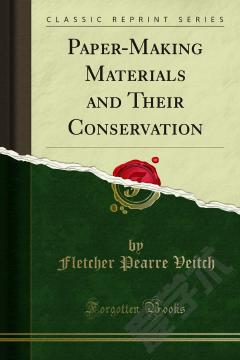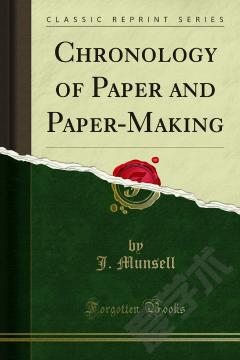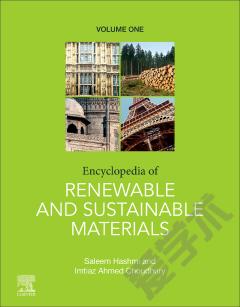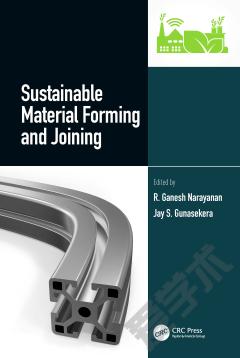Paper-Making Materials and Their Conservation
The reasons that have made wood the cheapest and preferred paper making material are clearly evident. They are low cost of raw ma terial ease of transportation and handling, particularly by machinery freedom from dirt; uniform supply, and low digester requirements, as much more wood can be placed in a given digester than any other material. Further than this, mills could be built and operated close to the material. But the spruce and poplar forests contiguous to many of these mills are gone and they can no longer obtain their wood at the, old price nor at a price that will enable them to compete with mills more recently built, which are still close to a wood supply. N either can such mills, built to use wood advantageously, use other materials in competition with mills especially built and equipped for using those materials. The demand developed in the past few years and constantly growing is not primarily so much for new materials as itais a demand for wood at a price that will enable the poorly situ ated mills to compete with those more economically located with respect to this supply. This demand can only be met either by a large use of other woods or by planting and grow'mg spruce and poplar.
{{comment.content}}








 京公网安备 11010802027623号
京公网安备 11010802027623号